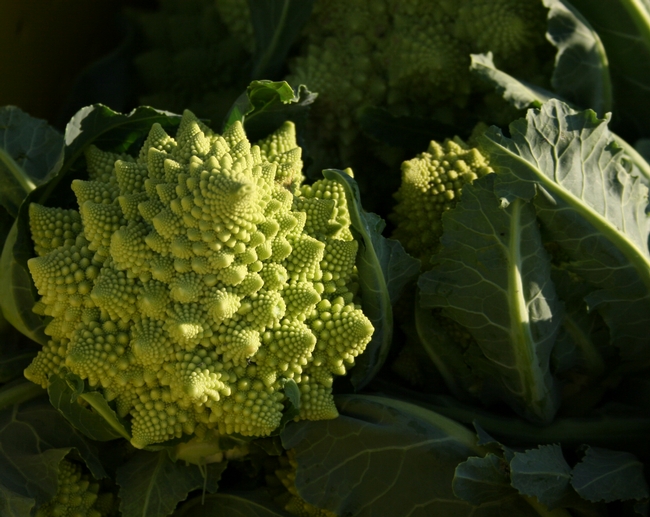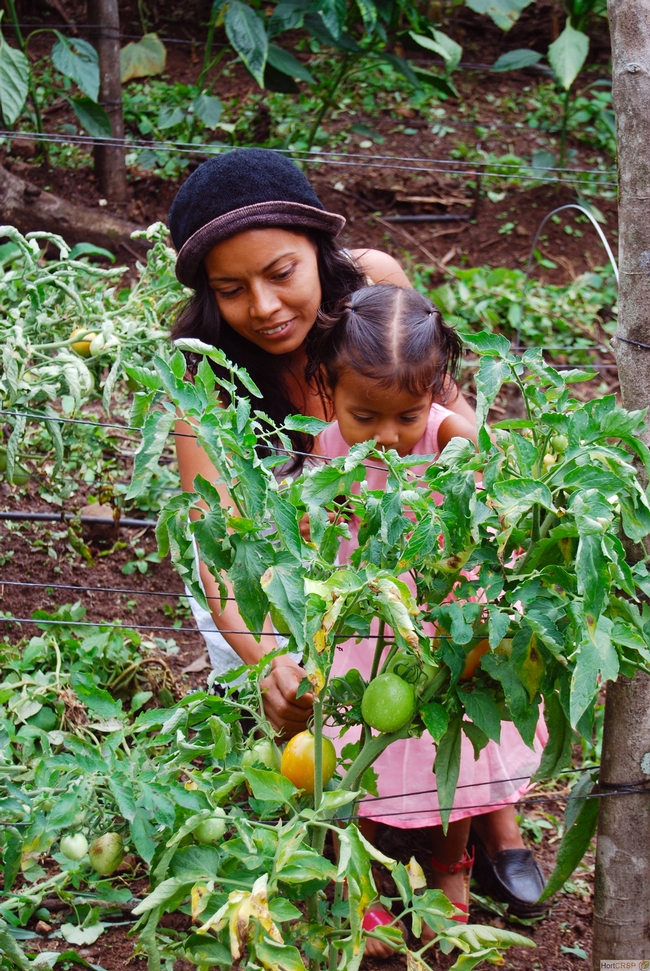
When Americans think of “agriculture,” California may not be the first state to come to mind. But the Golden State — just this one state — produced nearly half of all fruits, nuts and vegetables grown in the U.S. in 2011 (source).
In this land of abundance, UC Agriculture and Natural Resources is asking researchers and the general public to discuss, “How do we sustainably feed 8 billion people by 2025?” at the Global Food Systems Forum, April 9. National and international panelists will share insights along the local-global continuum of “California Roots, Global Reach.”
What can Californians add to this conversation that hasn’t already been said? What are we uniquely positioned to address or to share? May I suggest: fruits and vegetables.
Of course, I’m not the first one to suggest this.
According to the Global Horticulture Assessment*, published by UC Davis with input from stakeholders around the world:
“Horticultural crops play a valuable role in food systems by diversifying diets and fostering increased dietary consumption of micronutrients and other plant products known to benefit human health (fiber, antioxidants, etc.).
"Changes in production systems over the past 40 years favor an increase in cereal-based diets. The emphasis on staples has resulted in reduced dietary diversity and the displacement of traditional crops that were important sources of micronutrients such as iron, vitamin A, B-12 and zinc.”

Growing fruits and vegetables — to be eaten and sold — has the potential to improve diets while also boosting incomes.
What do you think? Why do fruits and vegetables matter? What can Californians contribute to the questions of global food security? Join the conversation now by following #Food2025 on Twitter.
*The "Global Horticulture Assessment" called for the creation of the Horticulture Collaborative Research Support Program, and serves as a guiding document for the program. With funding from USAID, Horticulture CRSP is led by UC Davis and builds international partnerships for fruit and vegetable research that improves livelihoods in developing countries.